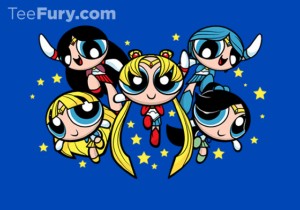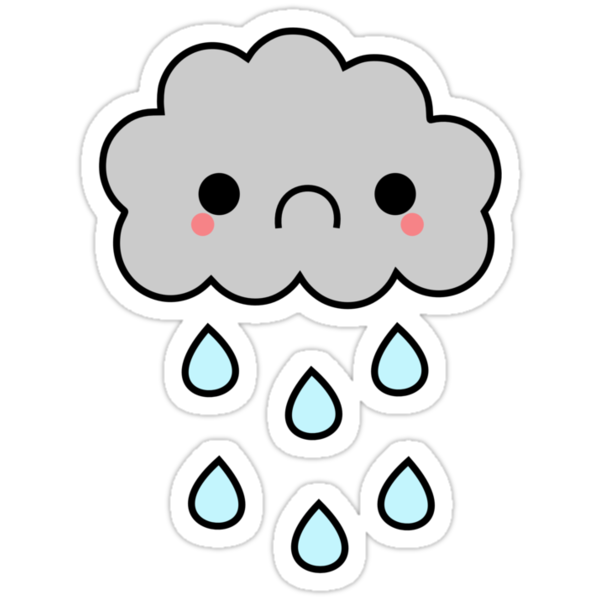“Race is a mode of placing cultural meaning on the body. Yellowface marks the Oriental as indelibly alien.” (2)
“This early definition of “alien” emphasized the unalterable nature of the foreign object and its threatening presence” (3)
For me I feel as though these two quotes go hand in hand together, the reason being is that because of the way Asians look, they are always going to be viewed as an alien no matter how assimilated they may become to White America. It shows that even back in the 1920′s and further, the Asian race has always been objectified, and viewed as a threat. Yet even now, in the year 2014, Asians are still being objectified and seen as a threat especially with the recent rise of the nation of China and the threats of North Korea. When Kim Jong-Il passed away in 2011, I heard from Korean Americans and read blogs from Korean Americans who were asked if they felt sad by the passing of Kim Jong-Il, even though they had no relation to him what so ever, but because they look Korean or because they have Korean blood in them, some people have tended to assume that they are related to a corrupted leader.
“Food habits, customs, and rules are central symbolic structures through which societies articulate identity; you are, symbolically at least, what you eat.” (38)
In this section, Lee discusses about how minstrel shows caricaturize the Chinese. From what I gathered from it, I felt like it was a way for White Americans to mock the Chinese and others who were more unfamiliar to them such as African Americans as well. Luke Schoolcraft wrote a song titled “Heathen Chinee” and not only does it satirize the Chinese language, but it also makes gross assumptions about the Chinese diet.
I see this connection to the modern day culture with Asian cooking because not only am I still asked by dense people about whether or not I have tried dog but also there’s been this incredible rise in the popularity of Asian food such as sushi or pho. Even though most people come from a place of appreciation for the food, I have noticed that they tend to make assumptions about my everyday Japanese diet and am asked if sushi is something I eat on a daily basis with my family. There was one time in particular when I was riding the bus with a friend from Japan and someone on the bus noticed we were speaking Japanese, he began telling us that some years ago he had traveled to Japan and when he went, he visited Kyoto which is well known for their grilled foods like Takoyaki (octopus dumplings) and Okonomiyaki (savory pancakes), instead this young man tells us that he ate sushi every single day while he was in Japan including while he was visiting Kyoto. After that gentleman got off the bus, my friend and I turned to each other and said “mottainai” which roughly translates (within our context of use) “what a waste”. I make this connection because even though what Lee describes in the book as a terrible assumption, in 2014, those sorts of assumption aren’t too far off from what they were back in those days.
“Chinese workers were not the ideal, docile labor force the employers had hoped for.” (66)
“Within a few months, forty-three of them were summarily dismissed after rioting and attempting to murder their Chinese foreman…”(66)
“Chinese workers were themselves engaging in strikes and that many had left the plant.” (66)
Perhaps it’s the fact that I live in 2014 but so far anytime we have read historical texts about the experience of immigrants

Lisa, Bill and Ted’s Not So Excellent Kind of Awkward Adventure Slapping People
rioting at their jobs, I feel as though I have to throw my hands up in the air and yell: “Well what do they expect? If they keep treating human beings like garbage, regardless of what they look like on the outside, they are going to start a riot and get angry!” I just can’t wrap my brain around the idea of someone back in those days saying “well we need to fire the Irish because they are rioting towards unfair treatment in the factory so instead we will just bring in a different set of humans, treat them the same way we treated the Irish and then cross our fingers and hope that all bodes well.”
The logic of seeing those who were not white and equating them to not being humans is so preposterous because at the end of the day, we all have a heart that beats and we all have emotions and we all have boundaries that can be crossed.
I wish I could go back in time with Bill and Ted and slap some of these people across the face for their logic in workers rights.
“Both mark the racial parameters that simultaneously created and constrained new possibilities for relations of desire, conflating the sexual with race, class, and gender formations.” (103)
I really appreciated the discussion in the book comparing and contrasting the stories of “The Haunted Valley” by Ambrose Bierce and “Poor Ah Toy” by Mary Mote. I was mostly appreciative of it because “The Haunted Valley” was about the murder of Ah Wee who was female whereas “Poor Ah Toy” was about the suicide of Ah Toy who was male. So reading about how the two compared with each other on how the controversy with love was more problematic because of their race rather than the fact that the relationship in and of itself is problematic.
I really loved that Lee points out that “…Ah Wee has neither voice nor agency while alive.”(95) Mostly because films in this day and age still have a hard time showcasing the inner conflicts within women and only giving them the choice of wanting a man’s love, when really women or human beings in general are just more complex than that.
I also questioned whether or not Fanny’s maternal love for Ah Toy is one of the first incidences in media where white people are portrayed as the white savior. Yet it’s also interesting that after Ah Toy is adopted by Fanny, he “…symbolically shifts him from an object of exchange, a commodity, into an imagined family member.” (100) I think it’s really sad that until someone who is white takes you in as their own, then that is when mixed raced people are no longer viewed as an object. However, with our current times, there has been an issue of interracial couples, primarily between whites and other ethnicity’s, that receives criticism because the person of the different ethnicity is seen as a trophy to their white partner. So even with Fanny adopting Ah Toy into the family, he isn’t really a part of the family especially when Fanny gets disgusted by his gestures.















